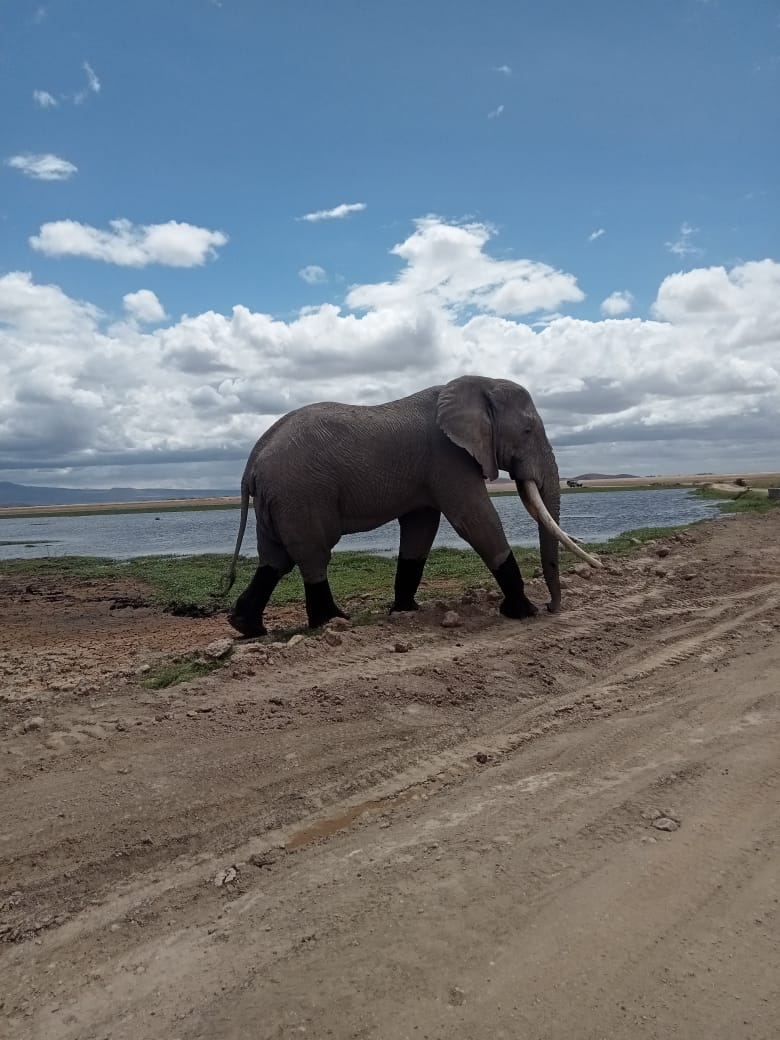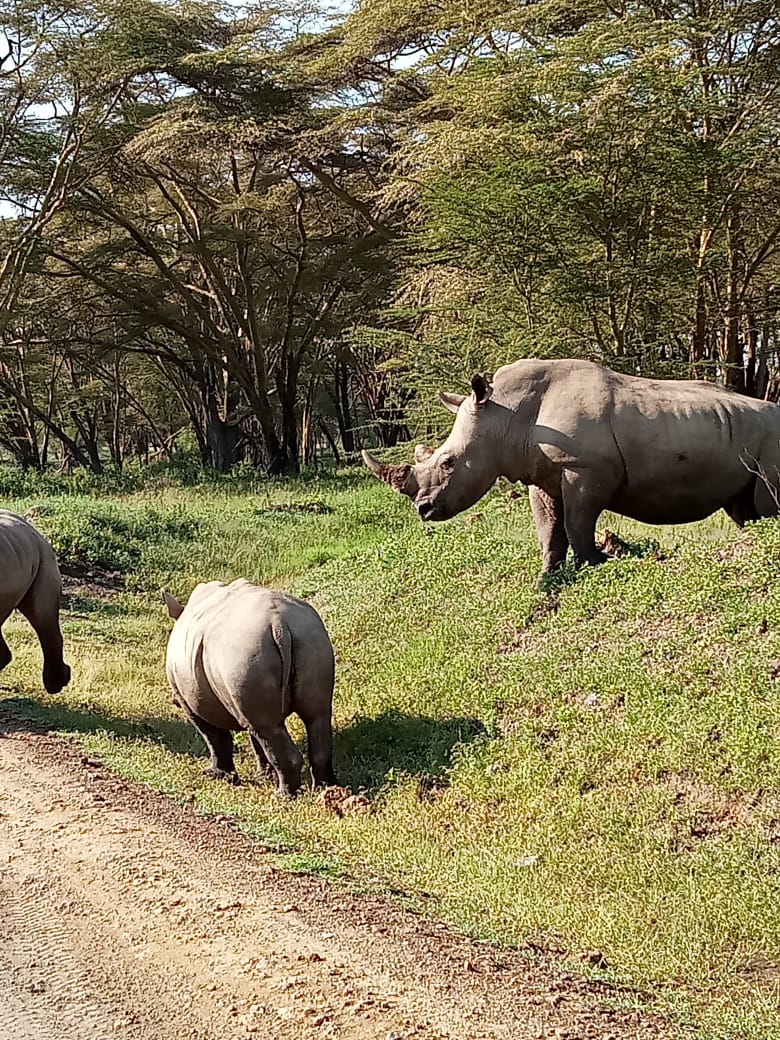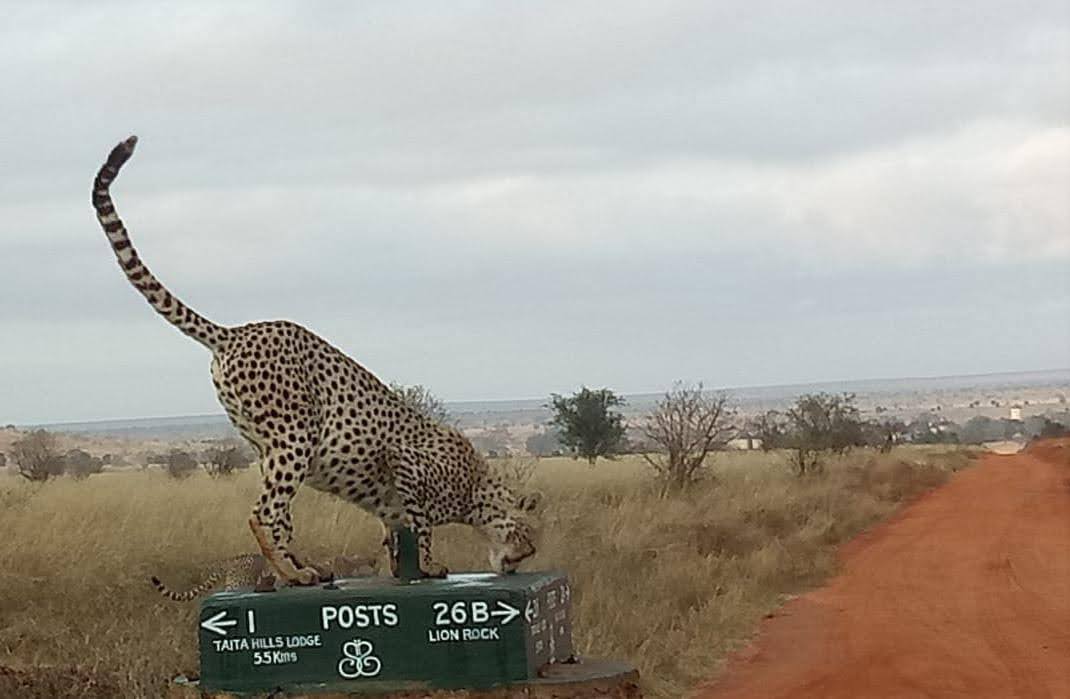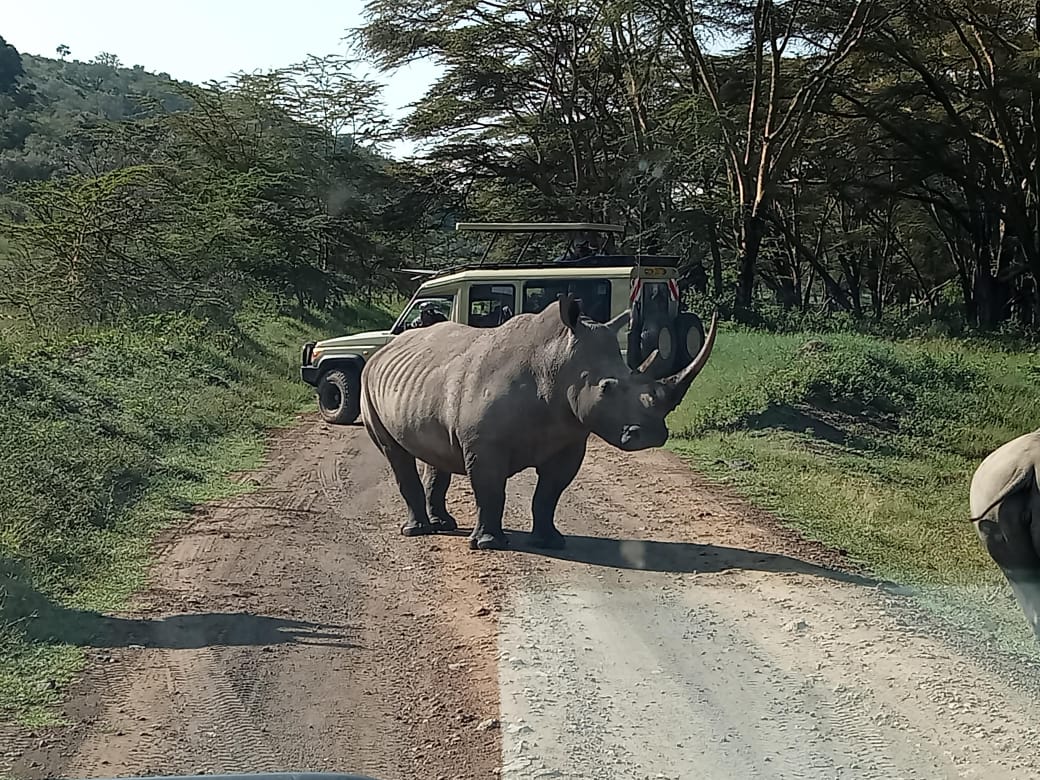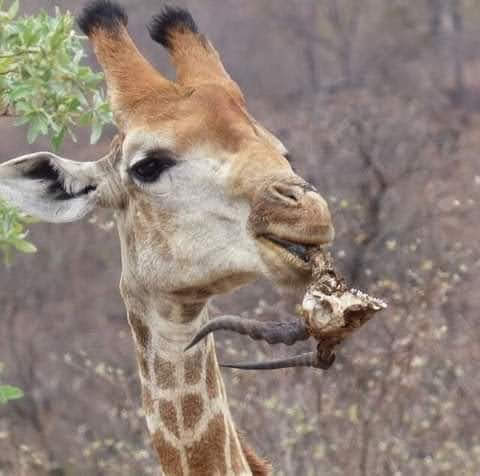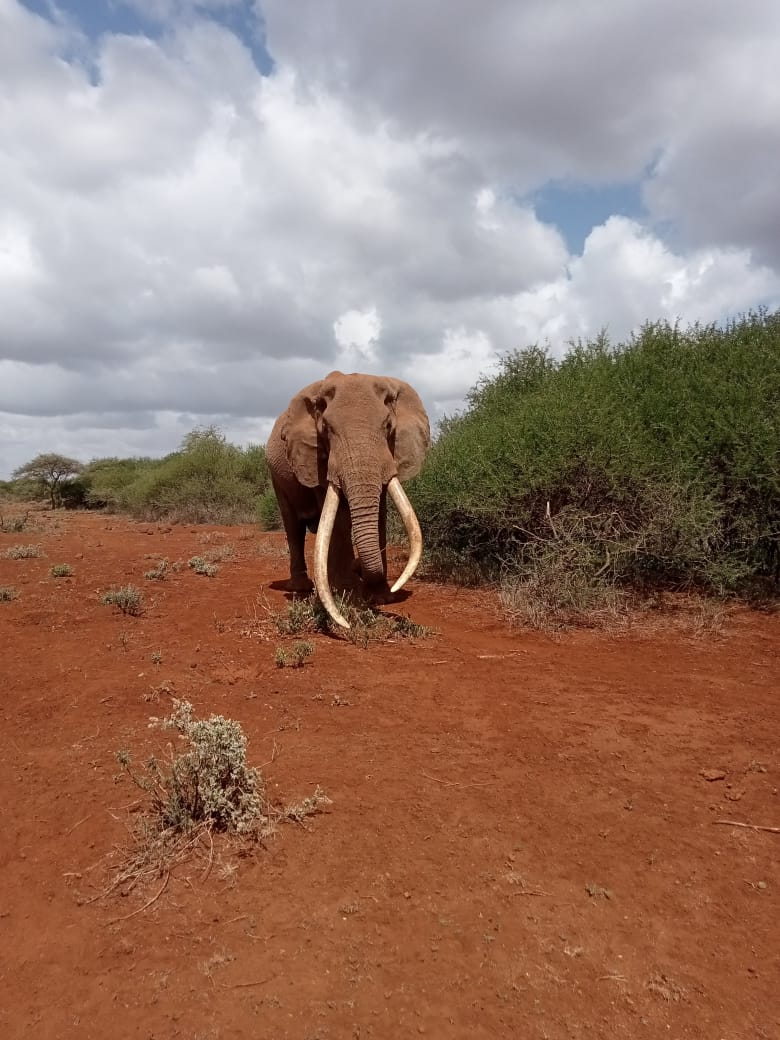Nairobi National Park safari with city skyline
Nairobi National Park, located just 7 kilometers from the heart of Kenya’s capital city, is one of the most unique wildlife reserves in the world. It is the only national park within a capital city, offering visitors a rare combination of wildlife and urban scenery. Covering approximately 117 square kilometers, this small but rich park is home to a variety of wildlife, including rhinos, lions, buffalo, giraffes, and zebras. Nairobi National Park also plays a key role in conservation, with its rhino sanctuary serving as a vital hub for breeding endangered black rhinos.
A visit to Nairobi National Park provides a perfect opportunity to enjoy a quick safari without leaving the city. The contrast between skyscrapers and roaming wildlife creates an unforgettable backdrop for both residents and tourists alike.
Nairobi National Park offers an extraordinary safari experience right on the doorstep of Kenya’s capital. With its diverse wildlife, scenic landscapes, and conservation efforts, the park is a true gem for both locals and tourists. Whether you’re enjoying a morning game drive, visiting the elephant orphanage, or taking a scenic walk along the hippo pools, every moment in Nairobi National Park promises adventure and discovery. It’s the perfect destination for those seeking a quick escape into nature without leaving the city.
General Overview of Nairobi National Park
Established in 1946, Nairobi National Park is Kenya’s first national park, reflecting the country’s long-standing commitment to wildlife conservation. The park’s landscape includes open grasslands, acacia woodlands, and riverine forests, all interspersed with seasonal rivers and man-made dams.
Despite being close to the city, the park boasts a healthy population of wildlife. It is a sanctuary for endangered black and white rhinos, offering visitors a chance to see these magnificent creatures up close. Nairobi National Park also has a wide variety of birdlife, with more than 400 bird species recorded within the reserve.
The park provides a convenient escape into nature, attracting tourists, families, and business travelers who may not have time for a longer safari outside the city.

How to Get to Nairobi National Park
The park’s proximity to Nairobi’s central business district makes it incredibly accessible:
By Road:
The park is only 7 kilometers from Nairobi’s city center, accessible via Langata Road.
Visitors can enter through the main gate at Langata or through other smaller gates, including the East Gate.
By Air:
If you’re arriving from another part of Kenya or abroad, the park is just 15 minutes from Jomo Kenyatta International Airport (JKIA). Some visitors enjoy a quick safari during long airport layovers.
By Public Transport:
Taxis and ride-hailing apps such as Uber and Bolt offer quick access from the city center.
Alternatively, visitors can take public minibuses (matatus) towards Langata Road, stopping near the park entrance.
Best Time to Visit Nairobi National Park
Nairobi National Park offers year-round wildlife viewing opportunities, though specific seasons can enhance your safari experience:
Dry Season (June to October):
Wildlife is easier to spot as animals gather around water sources. The grass is also shorter, making game viewing more straightforward.Wet Season (November to May):
The park becomes lush and green, offering stunning scenery. Birdwatching is excellent during this period, with migratory birds flocking to the park.- Note: Some roads may be muddy and more challenging to navigate during heavy rains.
Morning and Evening Safaris:
The best wildlife sightings occur in the early morning and late afternoon when animals are most active.
Nairobi National Park Lodges & Camps – Accommodation Overview
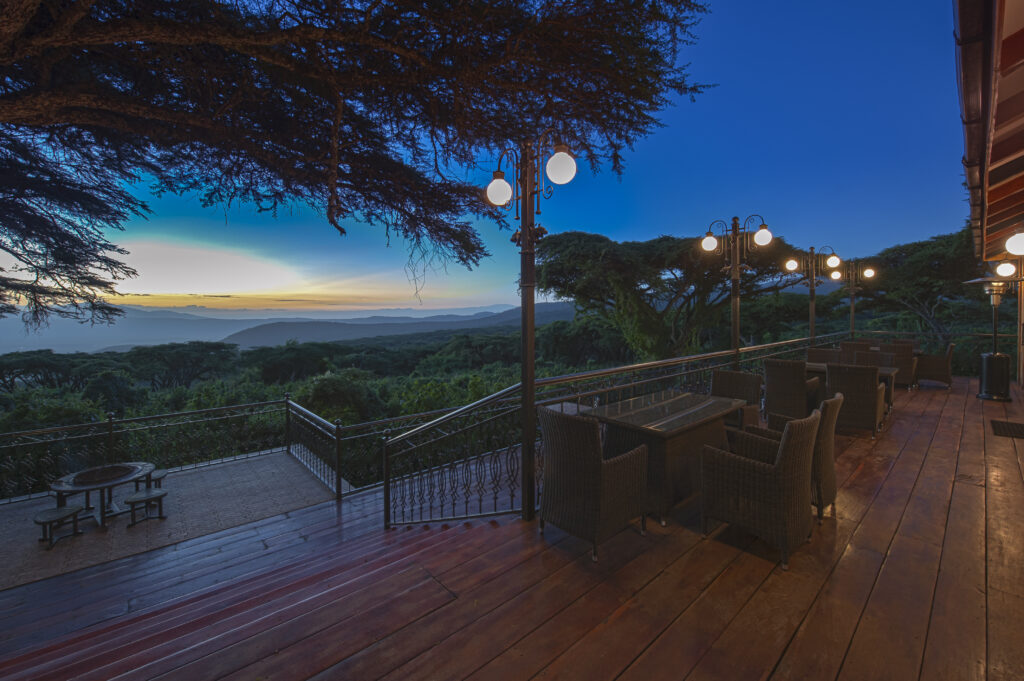
Although the park is close to the city, there are a few accommodation options within or near the park for those seeking a night in nature:
Luxury Lodges:
The Emakoko Lodge: Nestled on the boundary of the park, it offers luxury suites with stunning views of the wilderness.
Ole Sereni Hotel: Located just outside the park, this hotel offers modern amenities with rooms overlooking the park’s plains.
Mid-Range Options:
Park Place Hotel: Located a short drive from the park gate, offering comfortable and affordable accommodation.
Nairobi Tented Camp: A charming tented camp located inside the park, providing an authentic bush experience close to the city.
Budget Campsites:
Public Campsites: There are a few designated campsites within the park for those seeking a budget-friendly, adventurous stay.
Nairobi National Park Safari Experience
Visitors can enjoy a variety of activities within Nairobi National Park:
Game Drives:
Both self-drive and guided game drives are available. Guided tours provide expert insights and increase your chances of spotting elusive animals.Walking Trails and Picnic Sites:
Visitors can explore designated walking trails and enjoy picnics at scenic spots such as Kingfisher Picnic Site and Impala Observation Point.Rhino Sanctuary:
The park’s rhino sanctuary plays a critical role in breeding endangered black rhinos. It offers visitors a chance to see these majestic animals up close.David Sheldrick Wildlife Trust:
Located near the park’s main gate, this elephant orphanage rehabilitates young elephants and rhinos. Visitors can interact with the animals during feeding sessions.Safari Layover:
Due to its proximity to the airport, Nairobi National Park offers a convenient safari layover option for travelers in transit.
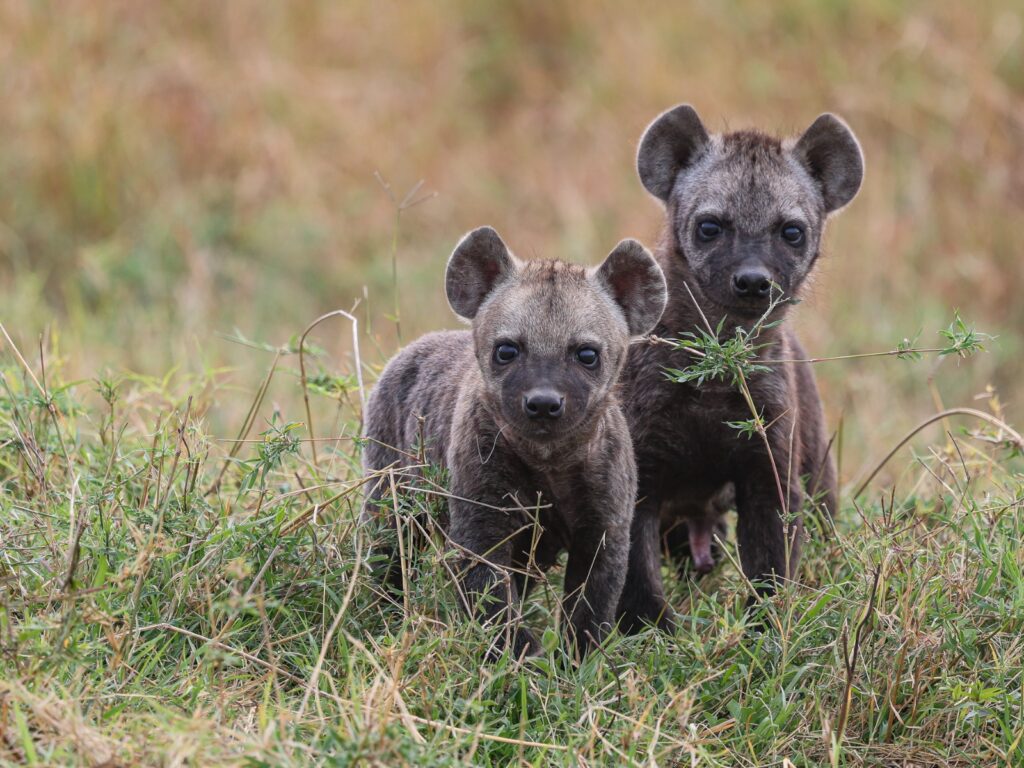
Wildlife & Landscape of Nairobi National Park
Despite its small size, Nairobi National Park is teeming with wildlife.
Mammals:
Rhinos: The park is famous for its black and white rhino populations, providing some of the best rhino sightings in Kenya.
Big Cats: Lions and leopards roam the park, and lucky visitors may spot them during early morning or evening game drives.
Buffalo, Zebras, and Giraffes: Large herds of buffalo, zebras, and Maasai giraffes are commonly seen grazing on the open plains.
Cheetahs and Hyenas: Cheetahs are occasionally spotted in the park, and hyenas are active during dusk and dawn.
Birdlife:
With over 400 bird species, the park attracts bird enthusiasts. Birds like ostriches, crowned cranes, and martial eagles are among the highlights.Landscape:
Nairobi National Park features open grasslands with scattered acacia trees, rocky outcrops, and small dams. The backdrop of Nairobi’s city skyline offers a surreal setting for photographers.
Points of Interest in Nairobi National Park
Ivory Burning Monument:
A historical monument marking Kenya’s stand against poaching, where tons of ivory were burned in 1989 as a statement against illegal wildlife trade.Hippo Pools:
Located along the Mbagathi River, these pools are home to hippos and crocodiles, providing a unique viewing opportunity.Kingfisher Picnic Site:
A scenic spot overlooking the plains, ideal for a picnic after a morning game drive.David Sheldrick Wildlife Trust:
A visit to the nearby elephant orphanage allows you to witness conservation efforts in action and interact with baby elephants.

Nairobi National ParkFAQs
Yes, Nairobi National Park offers a unique safari experience, allowing visitors to see wildlife within the proximity of a bustling city.
Yes, visitors can opt for self-drive safaris or join a guided game drive for a more informative experience.
Visitors can see rhinos, lions, buffalo, giraffes, zebras, cheetahs, and various bird species.
The park is just 15 minutes from Jomo Kenyatta International Airport, making it a great option for travelers with a layover.
Yes, Nairobi Tented Camp provides an immersive stay within the park, while other hotels are available nearby.
- The dry season (June to October) offers the best wildlife viewing, but the park is accessible year-round.
